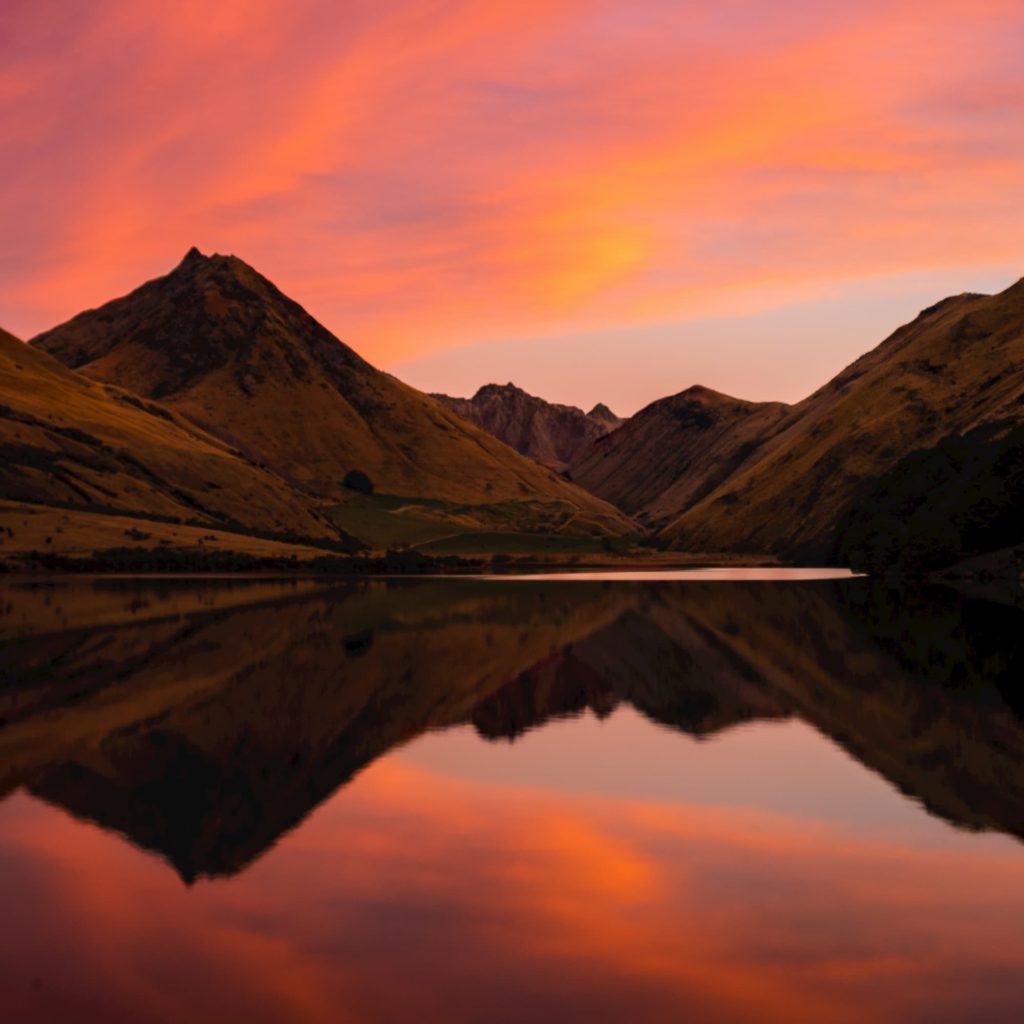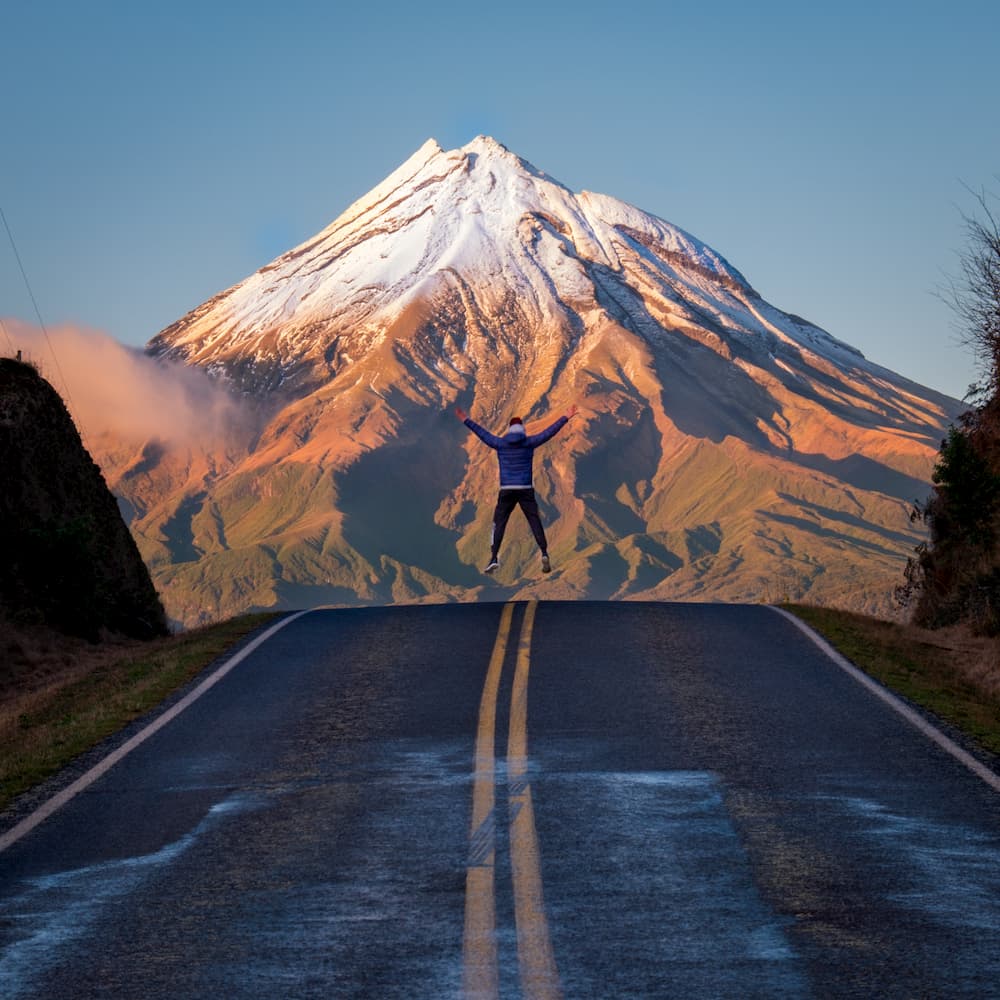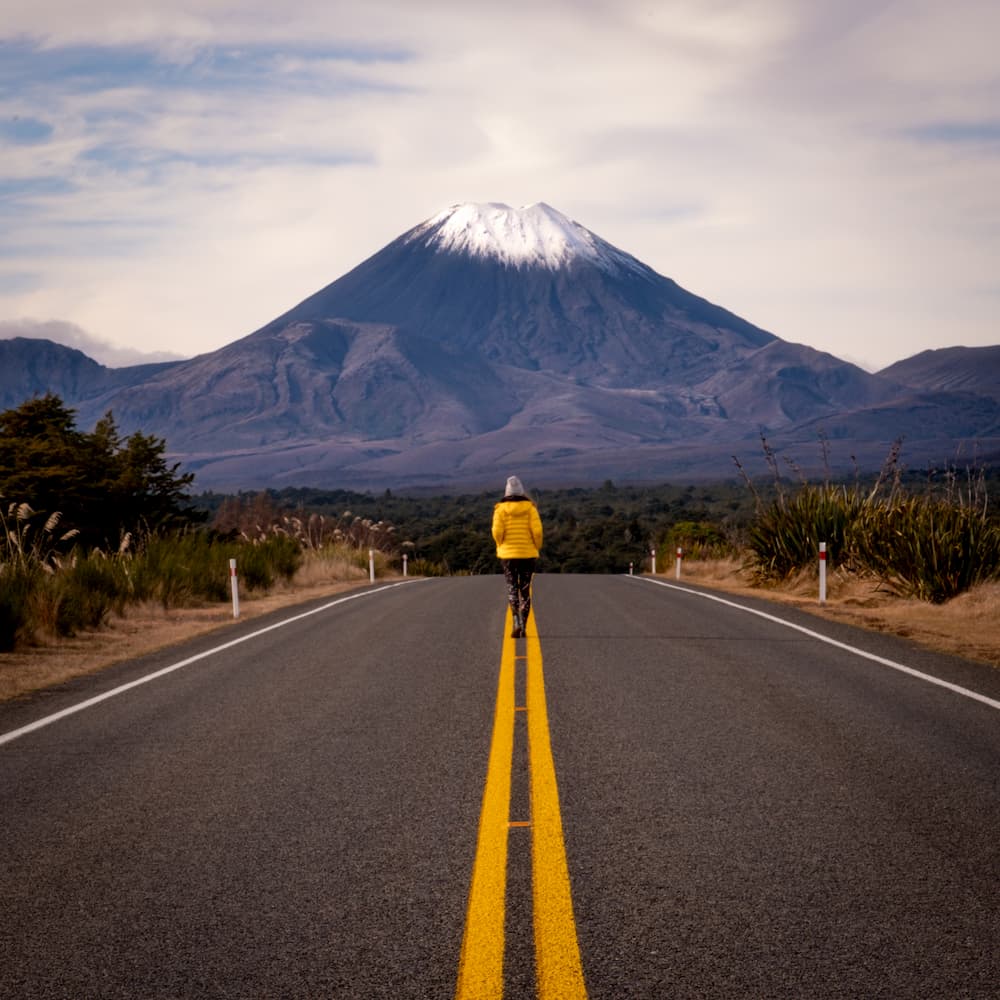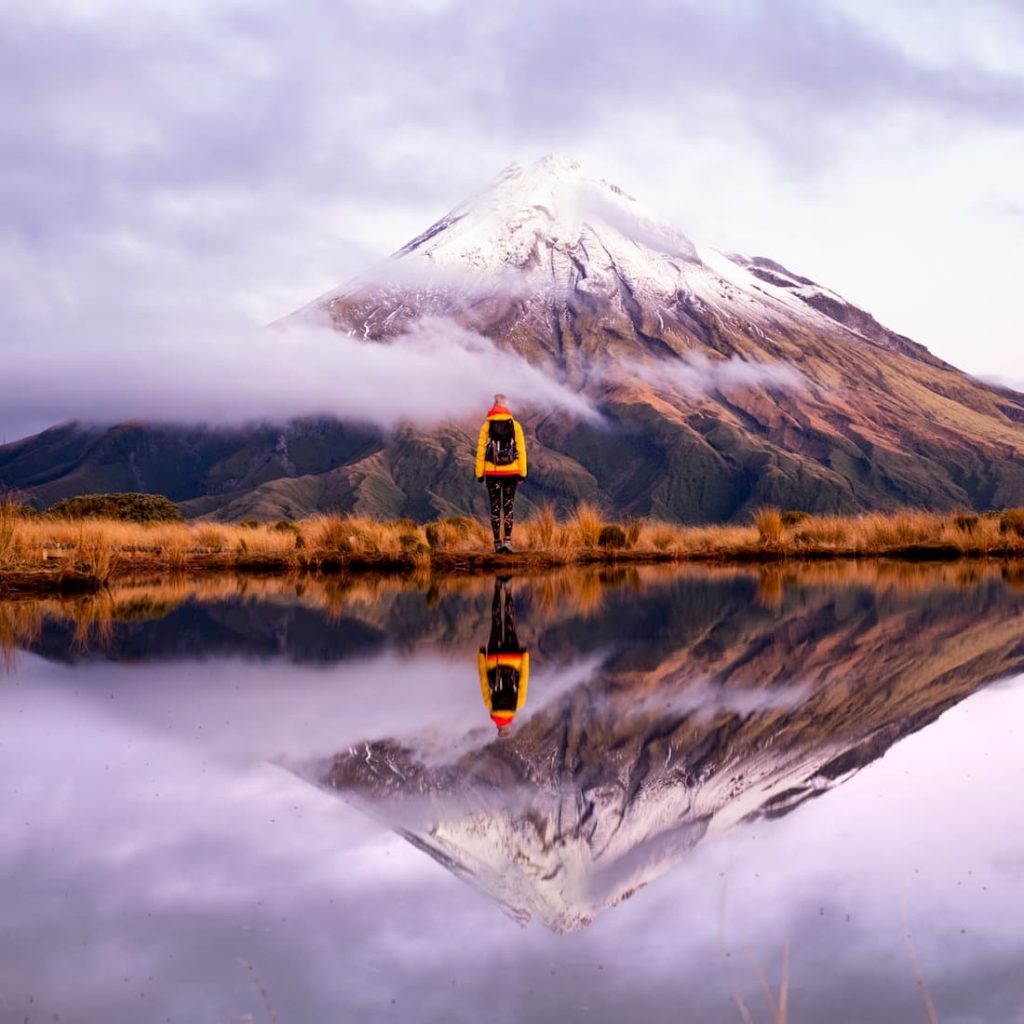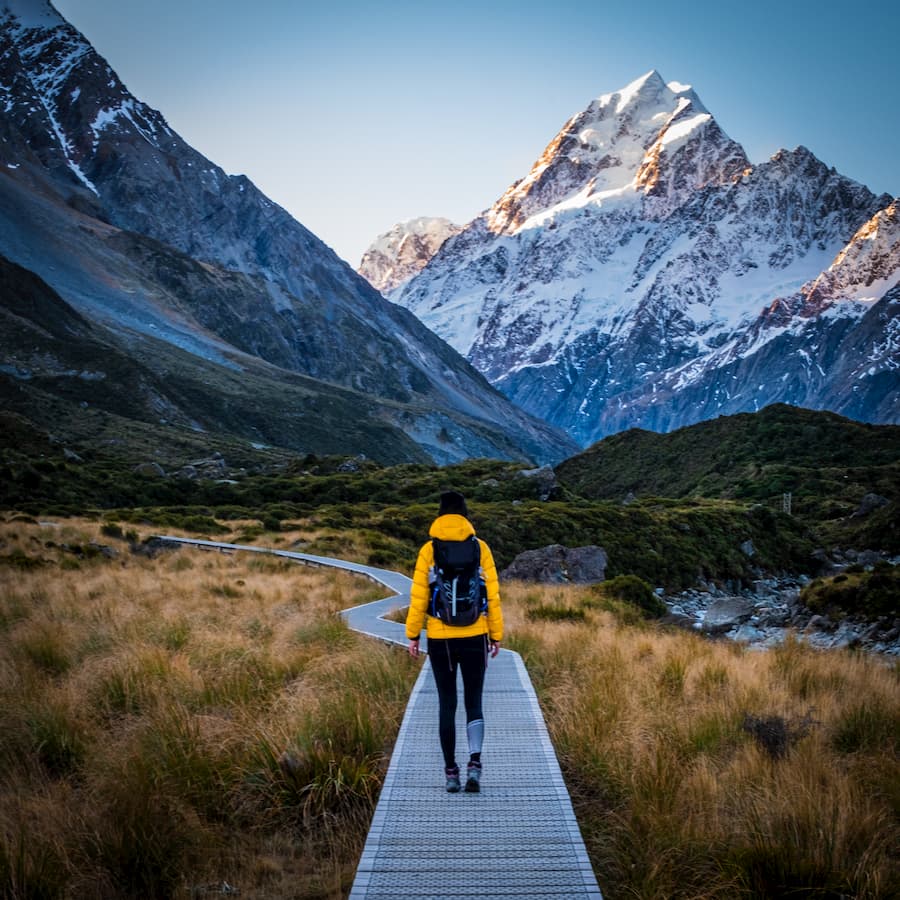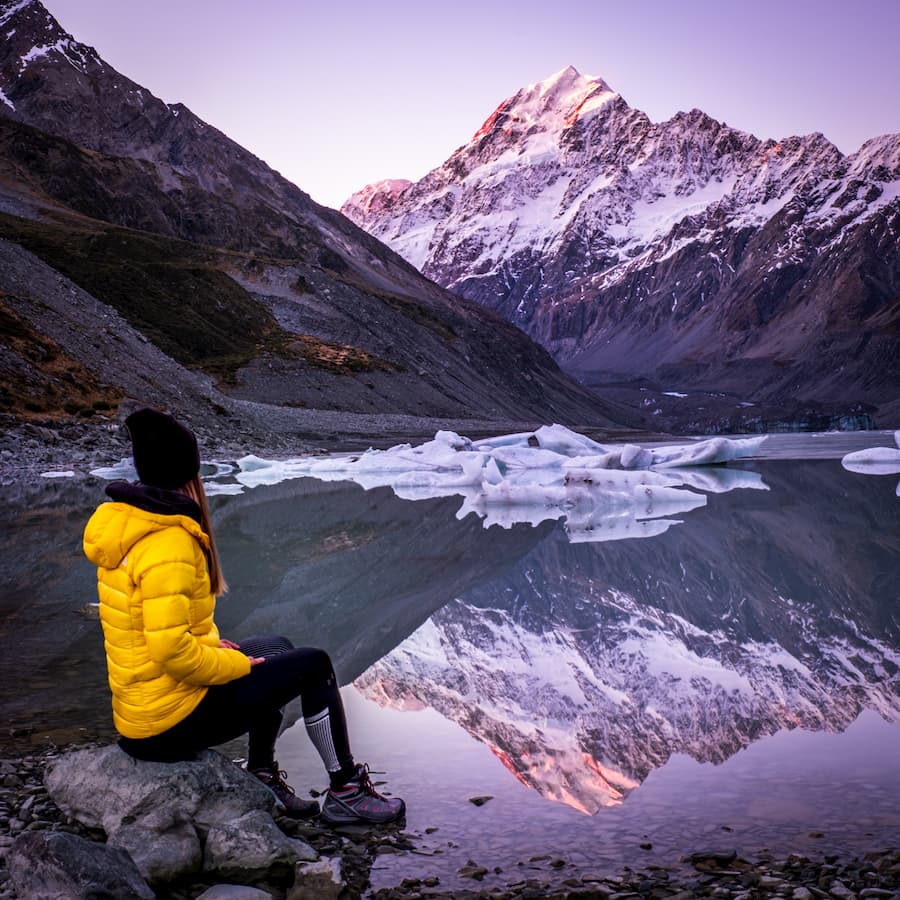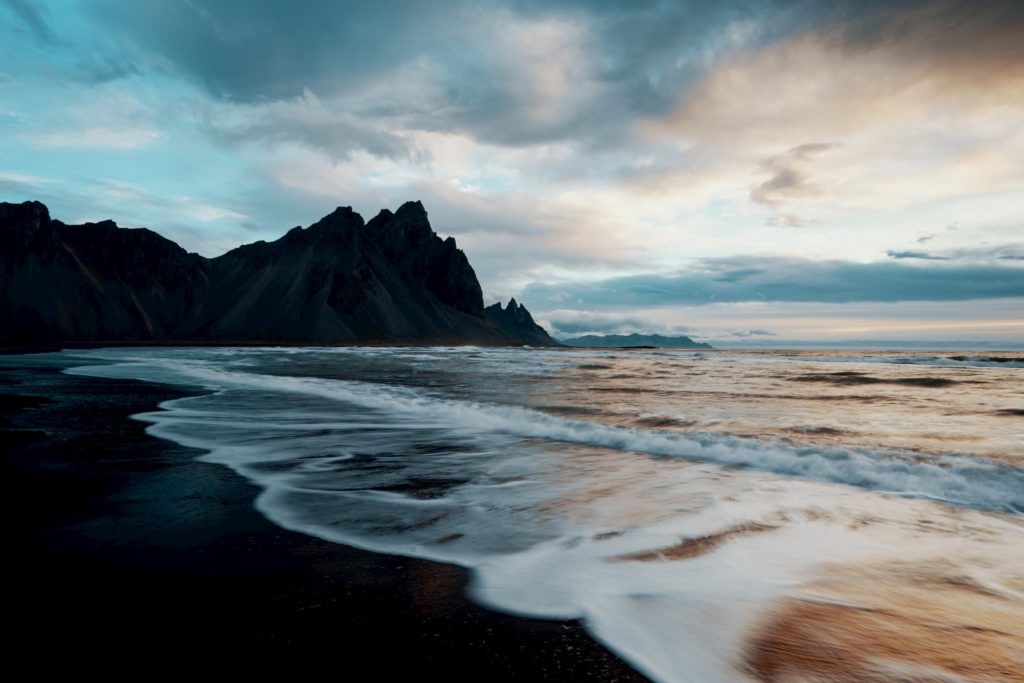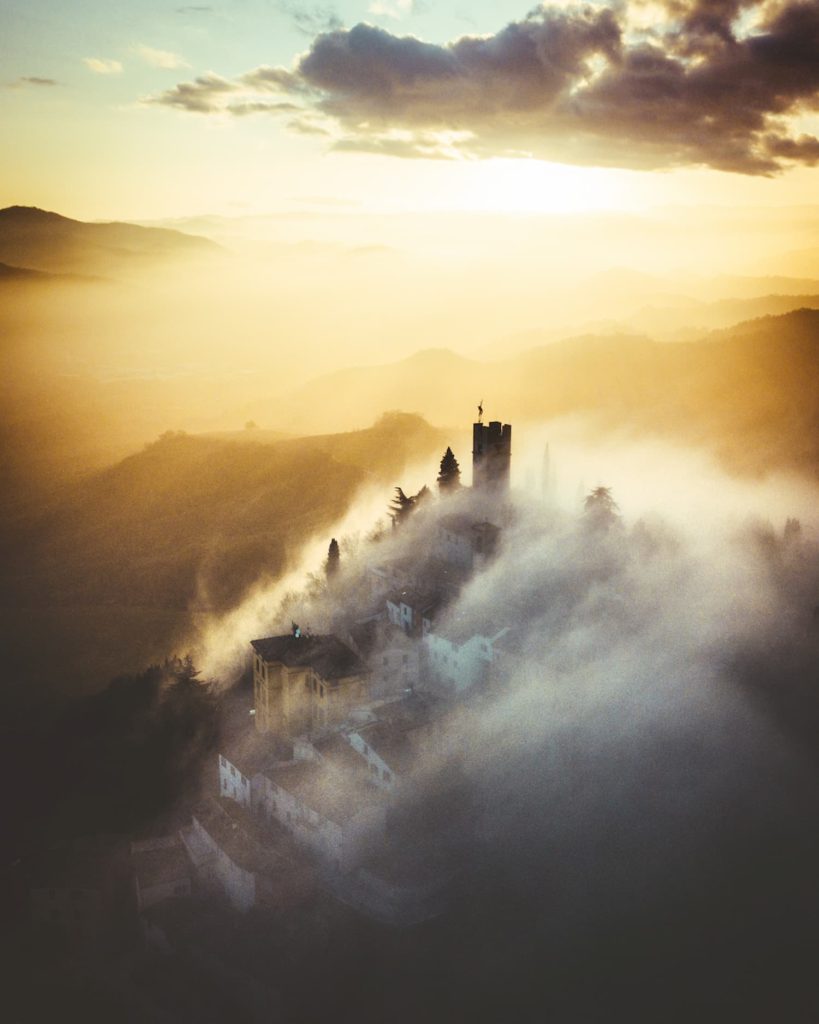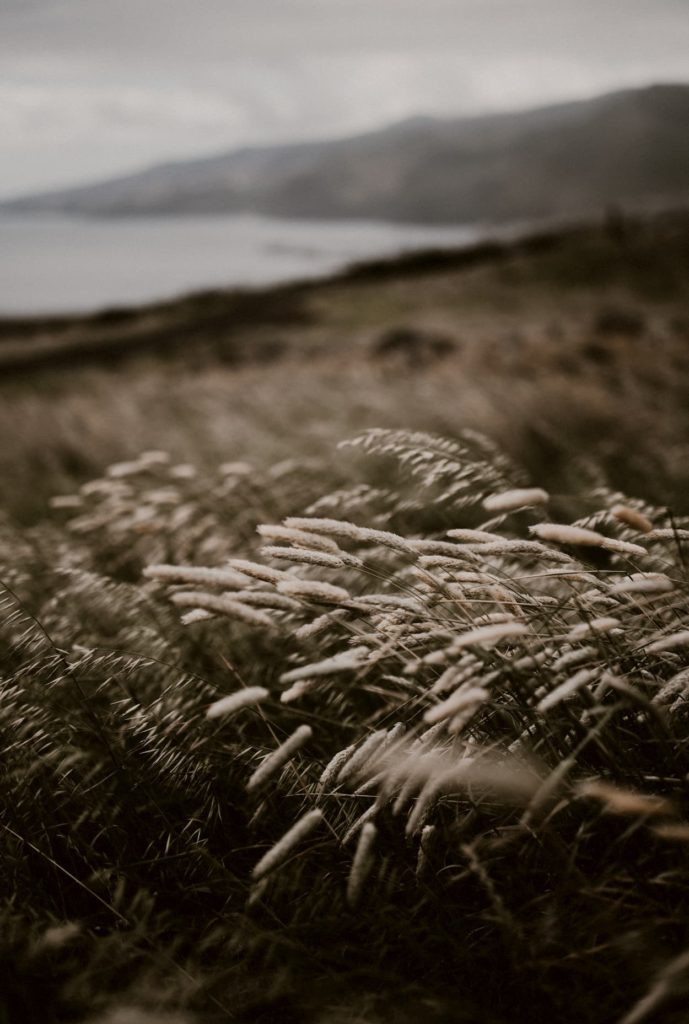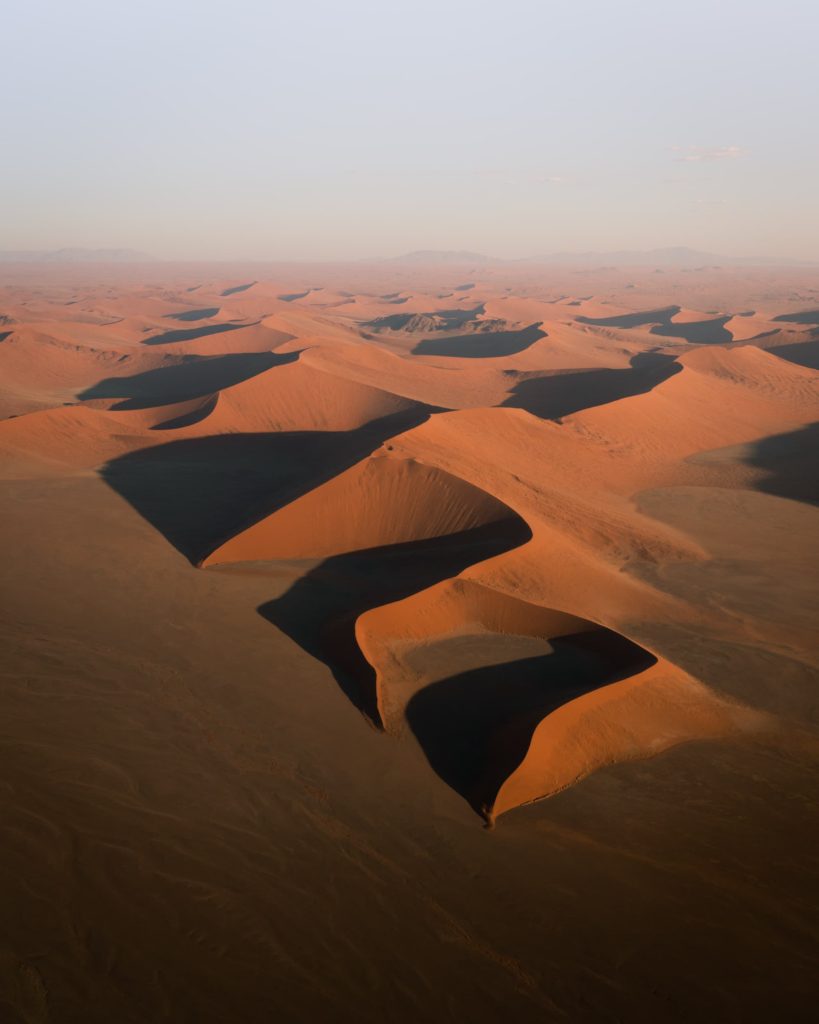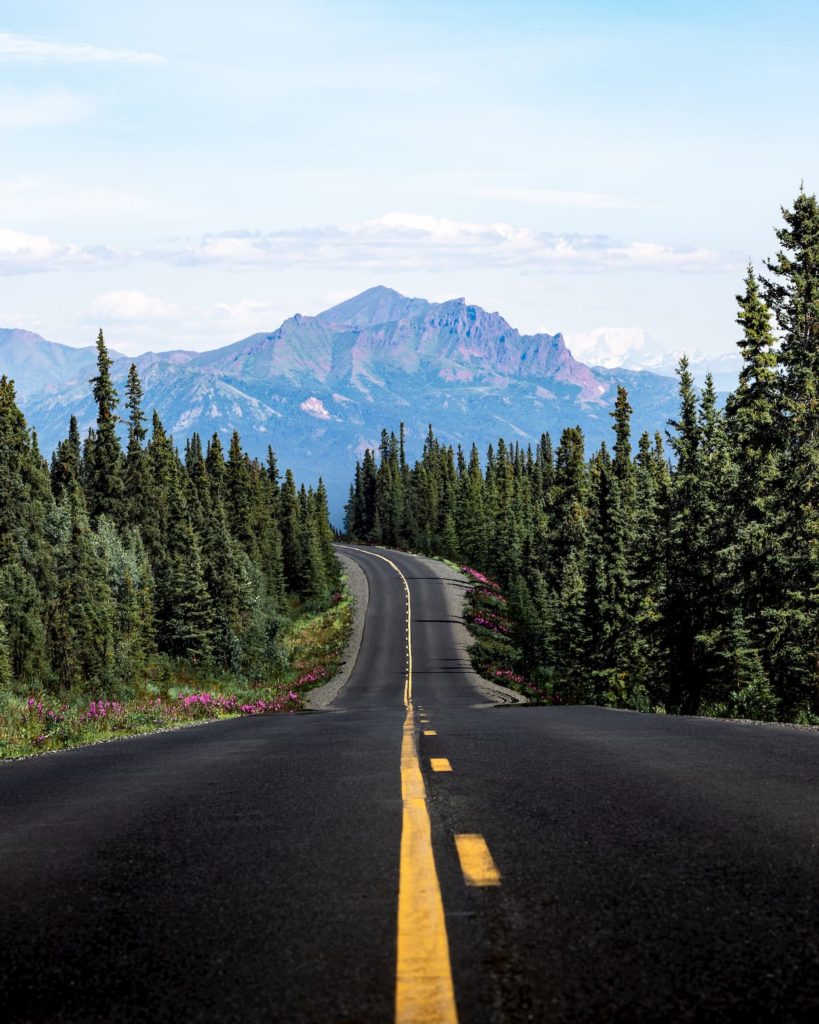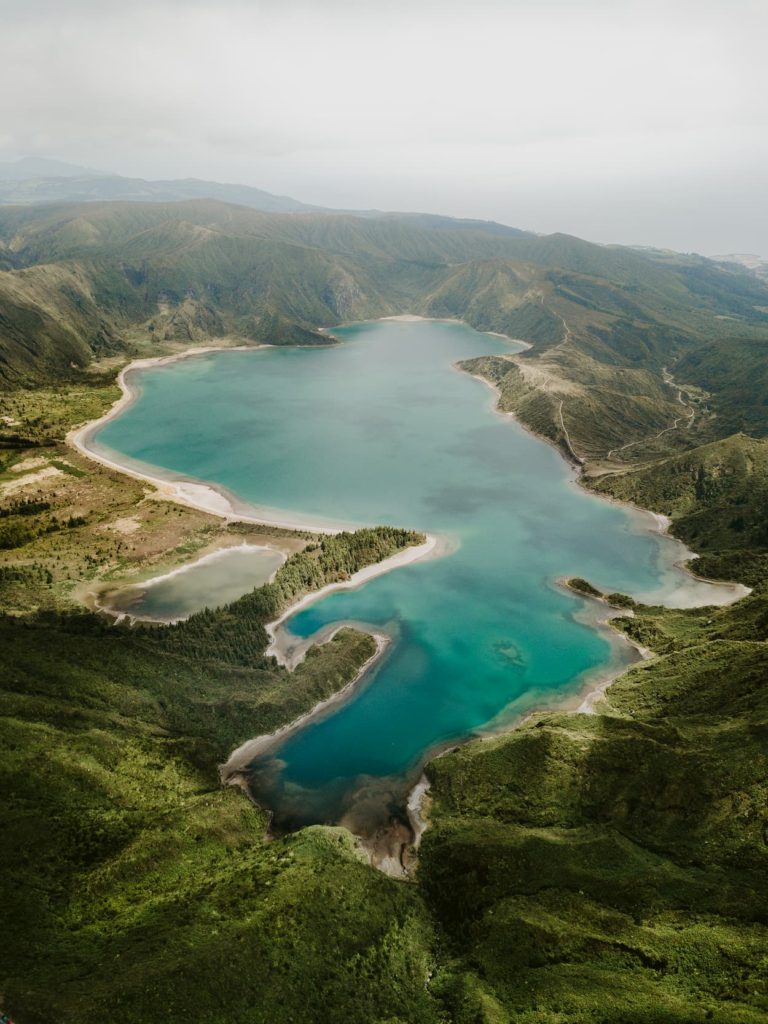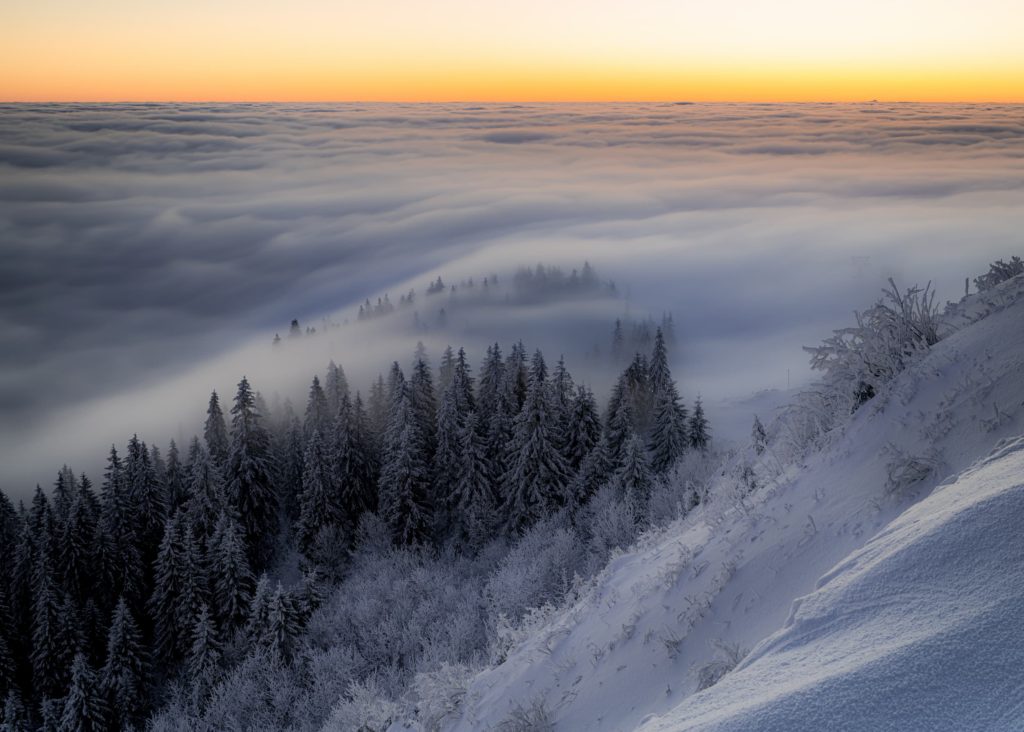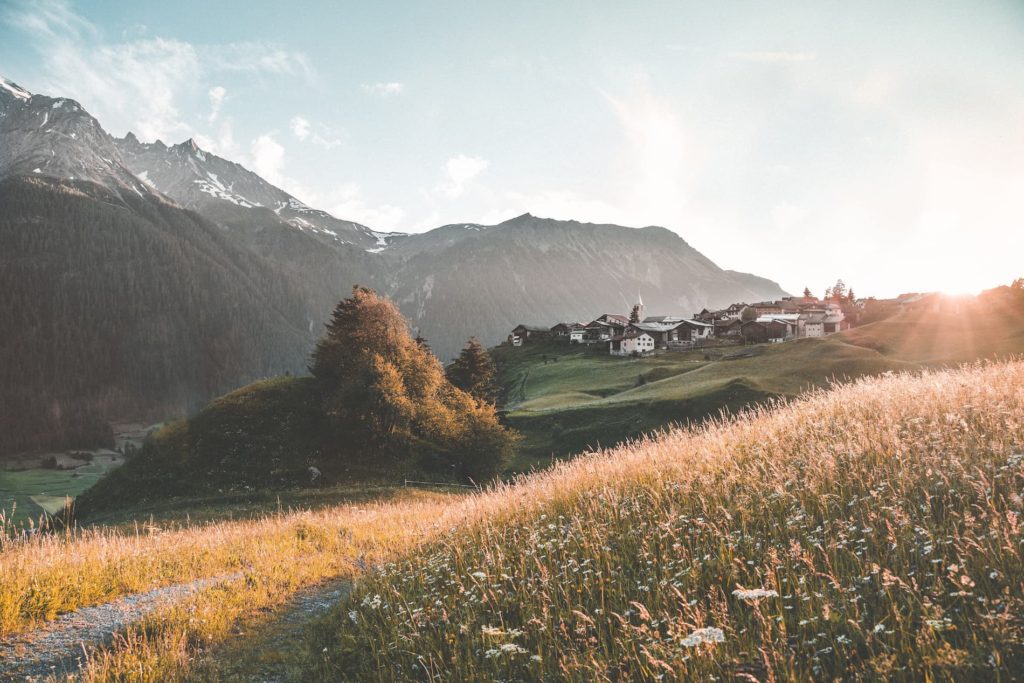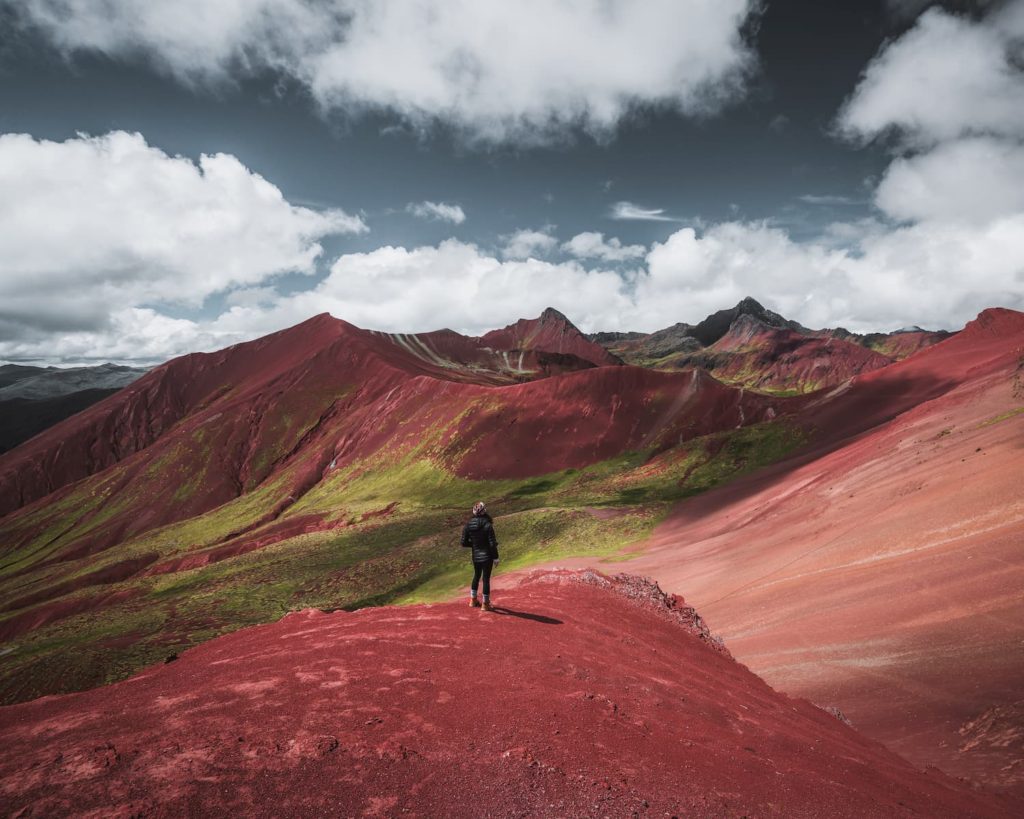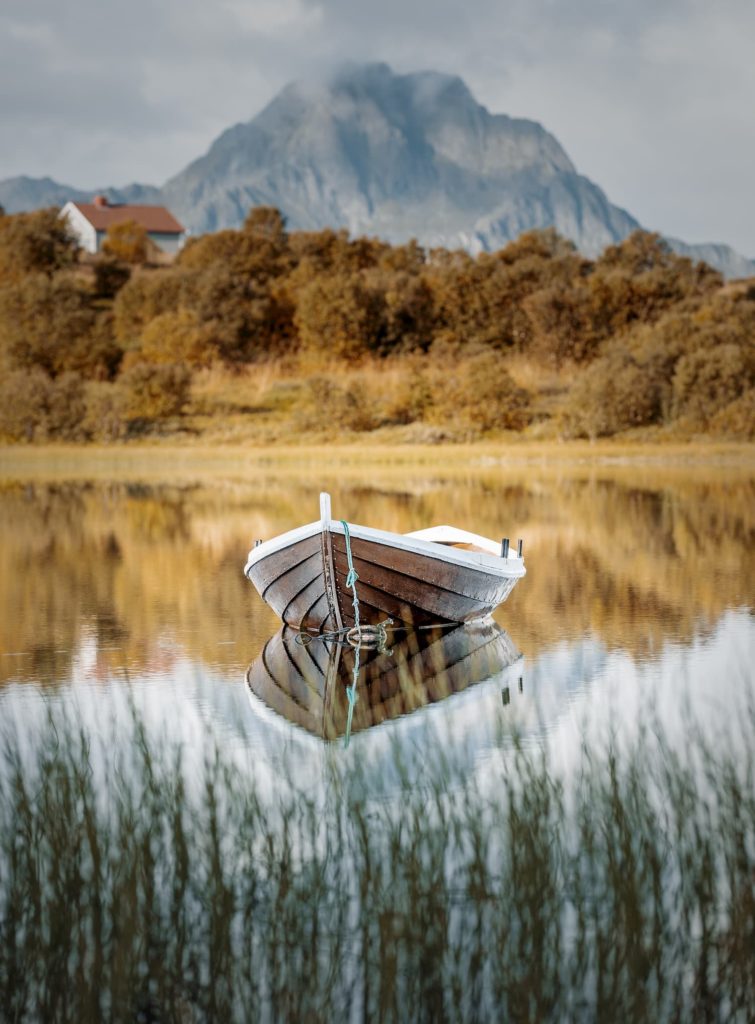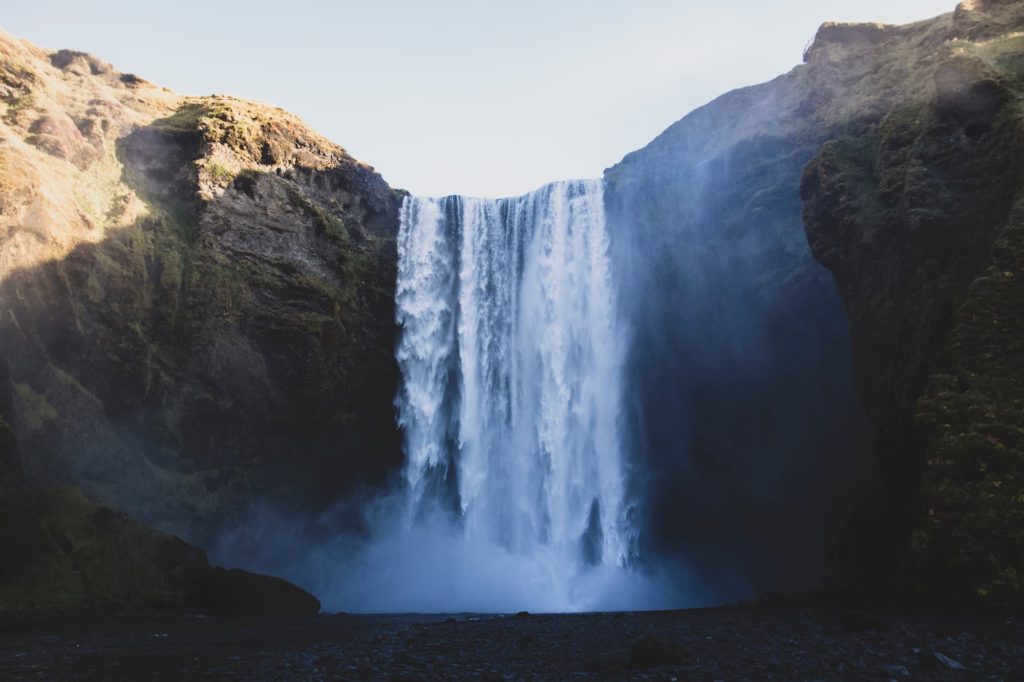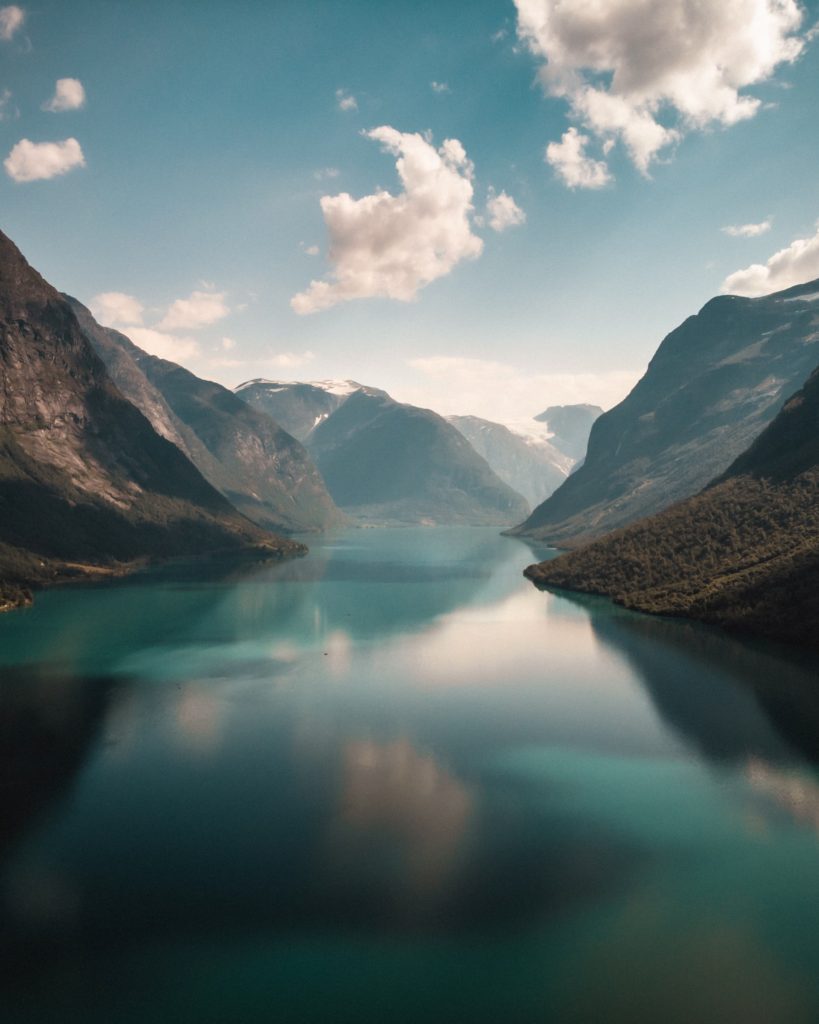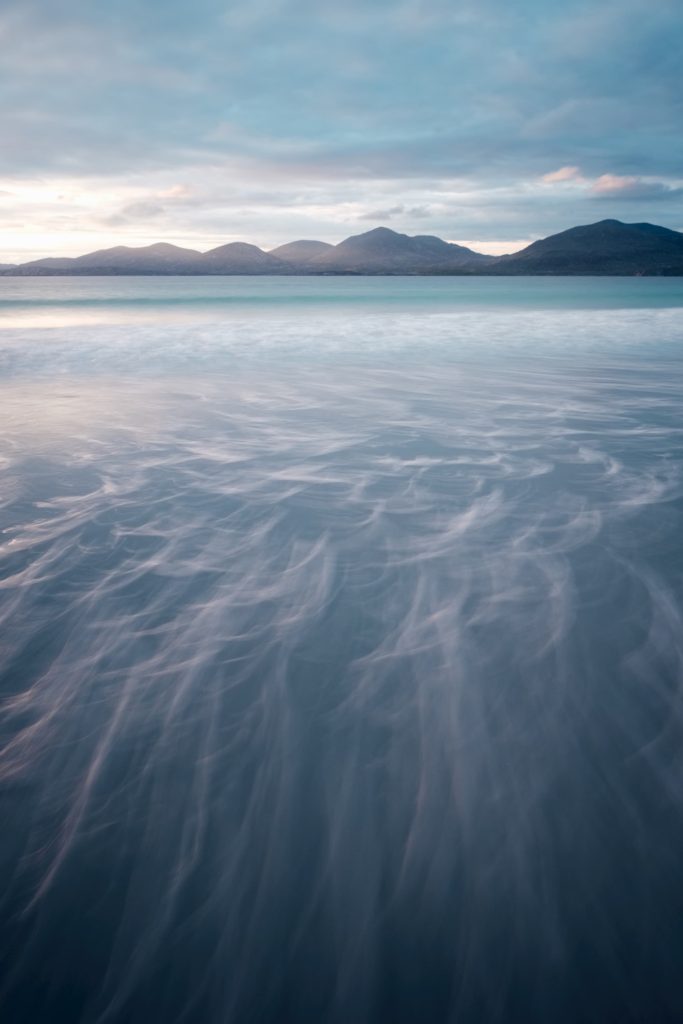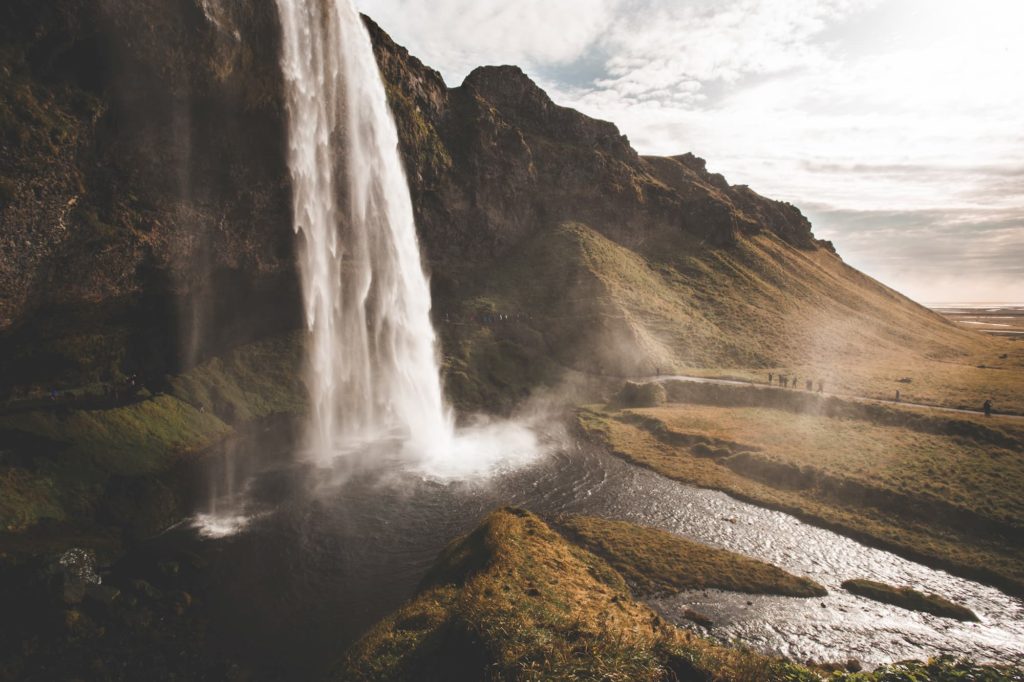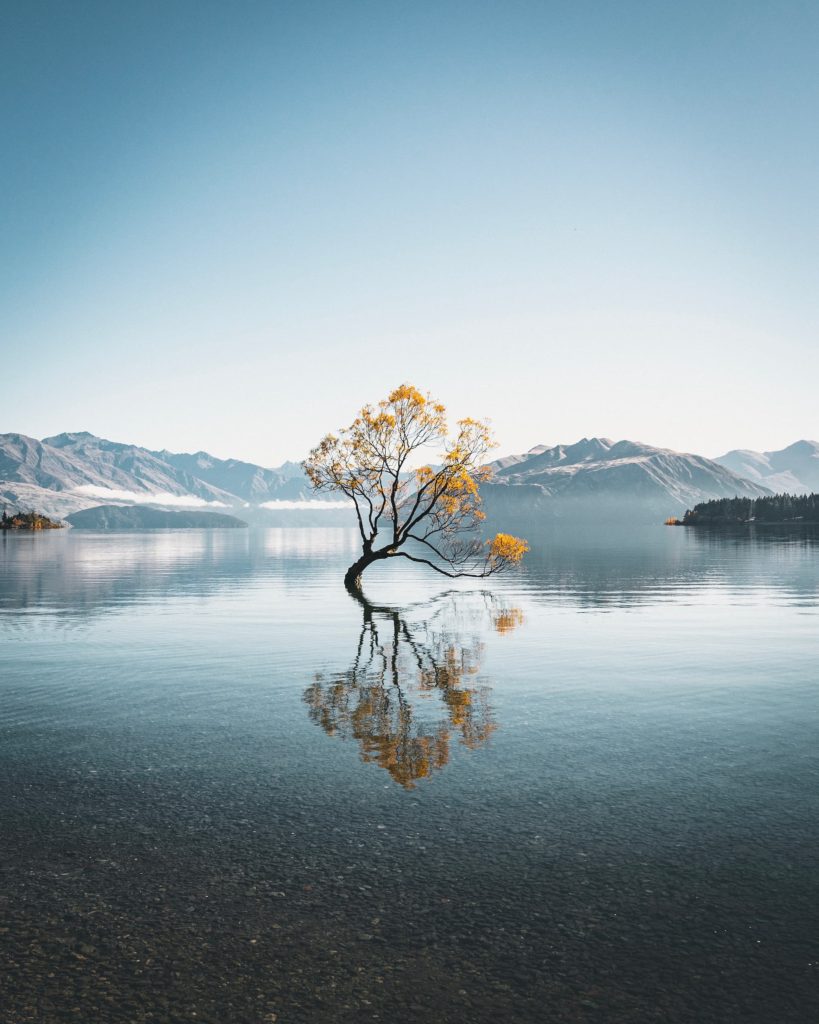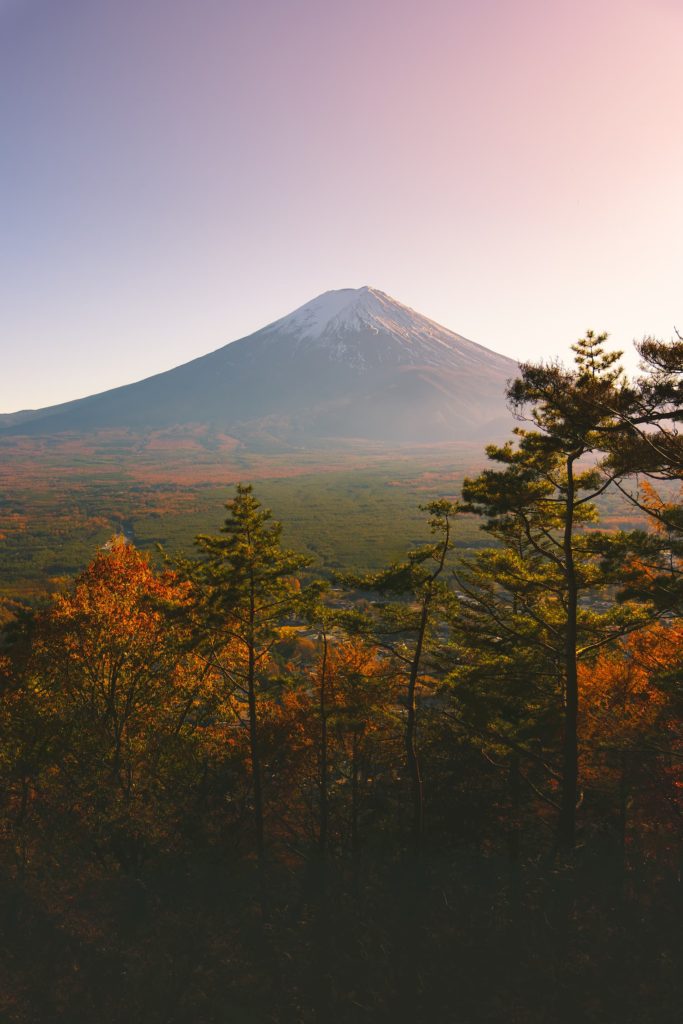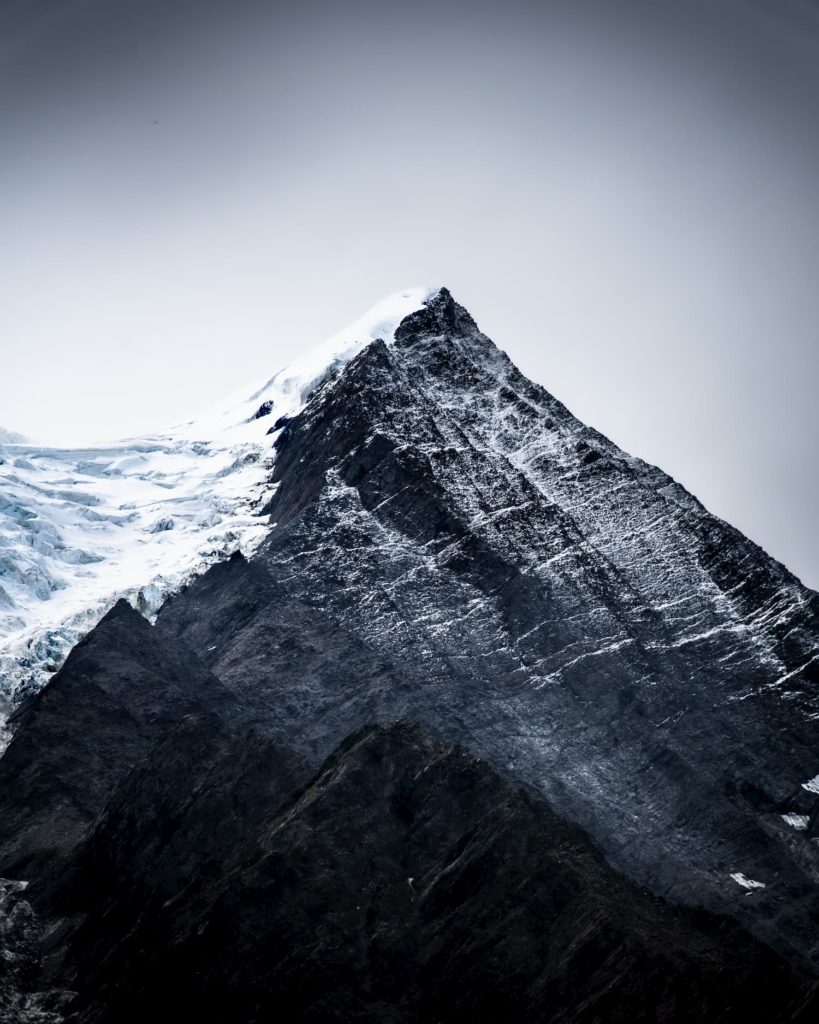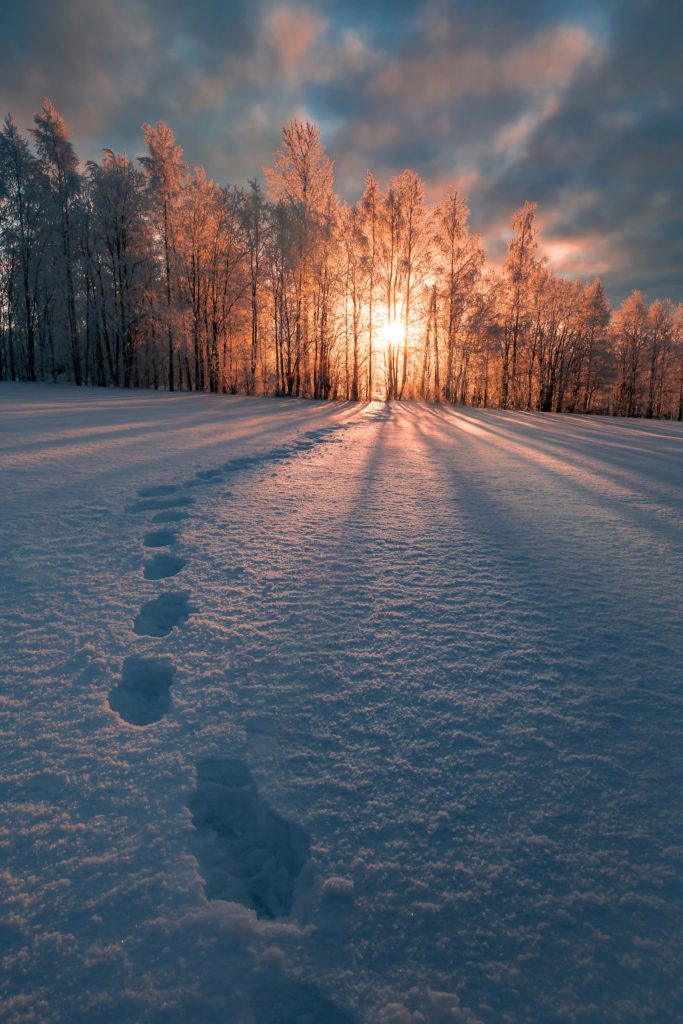
Kiki and Chris
@sowhatwetravel
Travelers based in New Zealand
Our passion for traveling started for both of us already during our childhood as our parents took us on holiday to the sea and into the mountains constantly for skiing and hiking. When we first met each other, skiing and being outdoors was one of the dominating topics between us.
"Once Chris told Kiki he was a skiing teacher before he started his studies, and Kiki finally fell in love..."
Seeing the world – getting to know different cultures, people, nature phenomena and/or being in the mountains – was our main motivation to always give our best at university, so we could find a proper job afterwards and therefore pay for travels. During our last semester of our studies we were both working on our master thesis and had part time jobs additionally, so we felt a lot of pressure and had high expectations of ourselves to achieve the best possible grades. At this time, Kiki was stressed and depressed, so Chris took her on a mountain escape to Austria for some skiing to calm down. And it helped! That was the best medicine we could have asked for and from that moment on it was clear for us that the mountains are our happy place. It was quite obvious that we would try to find jobs in Munich to be close to the Alps and we cannot even imagine living in a place without any mountains close by.
"Already for years now traveling has been our balance, our escape and our real passion."
"The idea to take off from work for a longer time was consistently growing after 3 years of work, but we always thought about going on a Sabbatical."
Kiki worked for an American company where Sabbaticals are quite common, though Chris for smaller companies where it was not possible. It seemed like there was always something against us going on sabbatical because job-changes or private events prevented us from doing it. Last year, Kiki really needed a break, so she decided to take the Sabbatical anyways. She went on a three-month trip through Central America traveling from Panama to Mexico. Chris came for a visit to Guatemala, where we did the 2-day volcano hike to the top of Mount Acatenango, where you can see the active volcano El Fuego spitting smoke and fire into the air. This was one of the most impressive experiences we had so far and an incredibly special moment. During our hike back we agreed that we wanted to live more of those experiences. There wouldn’t be any time better than now, without kids, a healthy family, having gained enough professional experience to find a job afterwards and having saved up some money. That was the decisive moment: we wanted to be brave and quit our jobs to go on a world trip.
"We already heard a lot about New Zealand from friends and colleagues and after some research it was clear this was the country to go. It sounded like the perfect place for us!"
From being young adults throwing ourselves into every adventure possible to serious grown-ups working in manager roles. The time we spent together was less intense during the last couple of years as we both needed more time for ourselves and to recover from work during free time. With such a decision, it’s normal to ask yourself the question: Can we live together 24/7 in a small campervan without getting crazy? And frankly said, in the beginning it was a big challenge. When we started our trip in New Zealand we were still stressed out because of work handovers, clearing out our flat and saying goodbye to all our friends and family. But in the end, it was good to deal with this intense situation.
"We worked some stuff out and are very happy with each other, our new way of living and the decision for the world trip – despite Corona."
When we slowly started to calm down, finding our ways, the COVID-19 changed everything. We had been camping on Milford Road with no mobile connection and shooting pictures at ‘Mirror Lakes’ during sunrise when we wondered why there are no other cars or people around. There was only us and a coffee van. We bought a coffee and started chatting to the man who was also surprised, telling us normally the street would be full of cars & coaches making their way to the Milford Sound boat tours by now. We knew something impactful happened the day before and drove back to Te Anau immediately to get internet connection and find out what was going on. After checking the news, we heard about NZ’s fast lockdown – 36 hours left – but we had no idea what the options would be for tourists. We decided to go to the next bigger city – Queenstown – and that our small camper van would not be the right accommodation to stay at one and the same place for weeks, so we searched for an apartment.
"We were super happy when the women behind the second door we knocked on opened the door, being so kind, funny, and having this adorable two dogs and beautiful apartments which she offered for a very fair exceptional Covid-19 price."
"Frankly said, the first couple of days have been full of uncertainties, deep thoughts, even sorrow for having the obviously worst timing possible to take this big step of quitting jobs and going on a world trip."
We had to get used to the new situations, but we quickly decided to accept it as it is and make the best out of it. We know each other since a very long time and we can’t imagine living all these adventures with anyone else. Of course, there have been ups and downs, moments of happiness and despair, but giving up has never been an option for us. Without a job and house, our only option would have been to live with our parents, so even when the German embassy offered repatriation flights we decided to use the time to work on our photography skills instead, enrolled in online photography and video editing courses, practiced during our daily walks and shared our experiences and pictures on Instagram.
"We even found some fellow travelers via Instagram who decided to stay in New Zealand and the exchange was super helpful for us in this exceptional situation."
We have always loved to take photos on our travels to relive them again later on. We collected tons of photos and videos over the last 12 years but never did anything with it. They are just there, somewhere “hanging around” in different clouds. Now that we have started to take photography more serious, it has added a lot of fun to our outdoor adventures – having new challenges while we learn to wander around with our eyes more open, to look out for the perfect light, colors and weather. Besides, photography has taught us a lot about patience. When we got to New Zealand’s North Island, we had very bad weather the first week, also when we arrived at Mount Taranaki. The mountain was completely hidden by clouds and we literally went crazy about getting this 2,518m volcano in front of our lens and started to drive around randomly to see the mountain from another perspective, trying to find a spot that would allow us to capture the mountain. We didn’t succeed and in the evening we discussed about either waiting – instead of driving around stressed and hurried – for some more days until the weather would get better, or simply continuing our travels. As Taranaki was one of our top ‘must do’s’ on the North Island we decided to stay.
"Two days later the forecast changed, we got up early before sunrise and spent a perfect morning at one of the streets leading to the national park with Mount Taranaki in the background, enjoying the scene and taking pictures."
In the afternoon we started our hike to Pouakai Tarn, with its famous reflection of Mount Taranaki, where we watched the sunset with a perfect view and changing light and colors every other minute. This day was so special and we also consider the photos from that day as our best so far. After this experience we are convinced that patience pays off in the end.
"The journey is the reward” is a quite common phrase in German and it became somewhat our guideline for life."
Our experience at Mount Taranaki is a good example, and hiking in general fits perfectly to this quote as to enjoy the whole journey is as important as reaching the destination. You can go on your own pace, get to see many different perspectives on your surrounding and when you arrive on top of the summit having this stunning bird perspective, the feeling is overwhelming and super rewarding. That’s why we love hiking so much – you can forget about all your challenges and problems along the route up to the top and just live in the moment. The same applies to photography now, you don’t always get the perfect shot you have in mind, but despite that you can still enjoy the journey and the nature.
"When traveling, it is not just about landscapes or photos. It’s also about getting to know yourself and how your culture has influenced you by being confronted with a new culture and meeting people that do things differently from you."
We just don’t know how other people, even in our own cultural environment but especially abroad, think or what values drive their behavior. When traveling abroad, the unfamiliar environment puts our mind sometimes in a protective mode which is not always good. This happened to us on one occasion during our backpacking trip in Thailand – our first trip outside of Europe. We were very ashamed of our thoughts that were caused by fear and negative judgements after realizing people were just trying to help us.
Thailand was a huge culture shock for us and our first stop, Bangkok, already overwhelmed us. Later we’ve been sitting in an old 3rd class train to Hua Hin with no air condition. It was full of people sitting and staying around, uncomfortably pressed together. Most of them looked at us like we were aliens and watched us constantly. We were super afraid, really thinking they would rob us. Two men sitting next to us tried to speak with us, touched Chris on his knee several times and showed us their passports. It was so weird. The people in the train started to speak to each other obviously about us, we felt so uncomfortable!
Then someone who could speak a bit of English asked us where we were going, we told him ‘Hua Hin’. When we finally arrived, we already made up all possible horror scenarios.
"But it turned out differently; literally everyone jumped up from their seats telling us that we had arrived in Hua Hin and helped us with our luggage."
That was so embarrassing, we are still ashamed when we think back to that moment – we have just been strangers for those people with our white skin, they have been curious and only wanted to help us and we assumed the worst. But we learned from it – from that moment on we always try to not be afraid of the uncertain, give everything a chance, be open and be careful with assumptions we make. The world is full of little wonders you just need to get up from the sofa and explore it.
Would you like content like this sent to your inbox?
MUST READ STORIES OF JUNE
MUST READ STORIES OF MAY
MUST READ STORIES OF APRIL
MUST READ STORIES OF MARCH
MUST READ STORIES OF FEBRUARY
MUST READ STORIES OF JANUARY
NOMADICT
ART GALLERY
THE LATEST STORIES
WRITEN WITH PASSION TO INSPIRE YOU
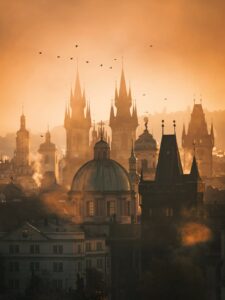
Miroslav Maršík (@miromarsik): Photographer based in Czech Republic
In this article, Miro shares how his love for cinematic music evolved into a deep passion for photography and how he uses light, color, and atmosphere to turn the streets of Prague into living film scenes.
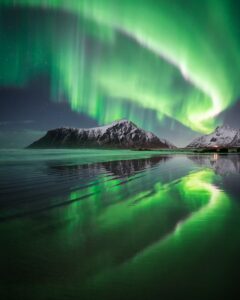
Aurora photography panorama workflow: A guide to camera settings, editing, and color
In this article, Stefanie reveals how her background in physics sparked her passion for astrophotography and how she blends science with creativity to capture the beauty of the night sky. Readers will discover her approach to color, contrast, and editing, as well as her aurora photography workflow.

Yhabril (@yhabril): Best of the Week 33 at #nomadict
Spanish photographer Yhabril captures the profound connection between humans and the mountains that shaped him. Growing up in the Pyrenees, his work bridges outdoor sports, landscapes, and celestial scenes — often blending athletes, moonlight, and wilderness into striking visual stories.
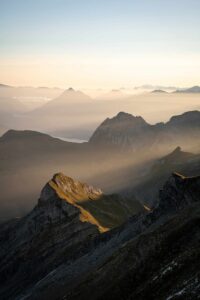
Ariane Totzke (@besondersschwierig): Photographer based in Switzerland
In this article, Ariane shares how photography helped her navigate personal challenges, connect authentically with people and animals, and develop a philosophy rooted in empathy and artistic freedom. Readers will also discover her ethical approach to wildlife photography and her trusted equipment for both camouflage techniques and cameras.
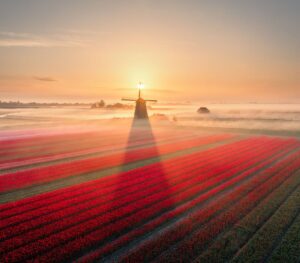
How to photograph Dutch tulip fields: A guide to light, gear, composition, and colors
Discover how to photograph Dutch tulip fields in their most magical light. From choosing the right gear and lenses to mastering composition, color, and aerial perspectives, this guide shares creative techniques to capture the beauty of the Netherlands’ tulips. Learn how light, color grading, and proportion bring emotion into every frame.
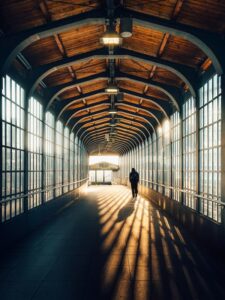
Cinematic city photography: An essential 6-step workflow
In this article, you’ll learn how to read and use light in your home city, choose the right technical settings for low-light scenes, and refine your editing workflow to shape color and atmosphere step by step. In addition, Dominik shares how to find fresh perspectives on familiar locations, five lessons that transformed his photography, and insights on the future of street photography.
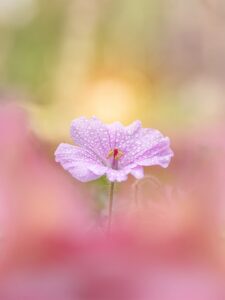
Kyle van Bavel (@kylevanbavel): Photographer based in the Netherlands
Kyle van Bavel is a macro photographer with a distinctive, dreamy style that transforms the unseen details of nature into magical worlds. In this article, he shares how his unique vision, shaped by a journey of self-learning and overcoming dyslexia, has become his greatest creative strength.

Inês Preto (@minespreto): Best of the week 20 at #nomadict 2025
Inês is a nature photographer drawn to wild, remote places where weather, wildlife, and mood shape her storytelling. In this article, she shares the behind-the-scenes journey of capturing the Best of the Week image: a puffin trio on the Faroe Islands. She explains how she approached the edit of this image, and shares key lessons she’s learned through experience.
